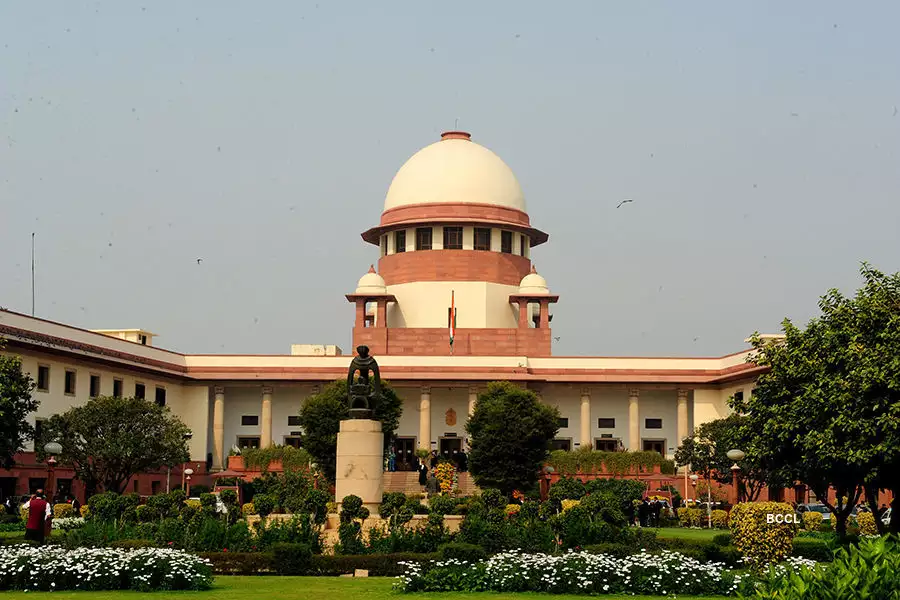📌 Introduction: Understanding Landmark Judgments — What, Why, and How
The Supreme Court of India has delivered numerous judgments that have profoundly influenced the nation’s legal landscape. Some rulings stand out as “landmark” because they not only resolve individual cases but also establish principles that shape public policy, future judgments, and impact millions of lives.
What Are Landmark Judgments?
Landmark judgments are decisions rendered in cases involving significant constitutional questions, fundamental rights, or urgent social issues. These rulings often:
Set binding legal precedents.
Redefine existing laws.
Establish new legal doctrines.
Lead to the creation of legislation.
Why Do They Occur?
They arise from the need to:
Address unconstitutional practices.
Plug legislative gaps.
Adapt the law to modern societal needs.
How Are They Different?
Wider Impact: Influence society at large.
Precedent Setting: Must be followed by lower courts.
Constitutional Significance: Often deal with the interpretation of the Constitution.
🔍 Why Landmark Judgments Matter to the Indian Legal System
Landmark judgments play a vital role by:
🛡️ Protecting Fundamental Rights: Safeguard citizens from state overreach.
📜 Upholding Constitutional Values: Preserve democracy, secularism, liberty.
⚖️ Promoting Social Justice: Push for reform and equality.
🏛️ Strengthening Democracy: Ensure checks and balances within governance.
🏛️ Top 10 Landmark Judgments of the Supreme Court of India
1. Kesavananda Bharati v. State of Kerala (1973)
Issue: Power of Parliament to amend the Constitution including Fundamental Rights.
Outcome: Introduced the Basic Structure Doctrine.
Impact: Limits Parliament’s power to change essential parts of the Constitution.
2. Maneka Gandhi v. Union of India (1978)
Issue: Arbitrary seizure of passport.
Outcome: Personal liberty under Article 21 broadened.
Impact: Reinforced requirement for laws to be just, fair, and reasonable.
3. S.R. Bommai v. Union of India (1994)
Issue: Misuse of Article 356 (President’s Rule).
Outcome: Imposition subject to judicial review.
Impact: Strengthened federalism and secularism.
4. Vishaka v. State of Rajasthan (1997)
Issue: Absence of laws on workplace harassment.
Outcome: Issued Vishaka Guidelines.
Impact: Laid foundation for POSH Act, 2013.
5. Indira Sawhney v. Union of India (1992)
Issue: Validity of OBC reservations.
Outcome: Upheld with a 50% reservation cap.
Impact: Balanced social justice with merit.
6. I.R. Coelho v. State of Tamil Nadu (2007)
Issue: Ninth Schedule laws’ immunity from judicial review.
Outcome: Basic structure doctrine applicable to all laws.
Impact: Ensured supremacy of fundamental rights.
7. Golaknath v. State of Punjab (1967)
Issue: Parliament’s ability to amend Fundamental Rights.
Outcome: Declared Fundamental Rights unamendable.
Impact: Set the stage for future constitutional checks.
8. Shah Bano Begum v. Mohammed Ahmed Khan (1985)
Issue: Right to alimony for Muslim women under Section 125 CrPC.
Outcome: Court ruled in favour of Shah Bano.
Impact: Sparked UCC debates and improved legal awareness.
9. Naz Foundation v. NCT of Delhi (2009) and Navtej Singh Johar v. Union of India (2018)
Issue: Validity of Section 377 IPC criminalizing homosexuality.
Outcome: Decriminalized consensual same-sex relationships.
Impact: Major progress for LGBTQ+ rights in India.
10. Olga Tellis v. Bombay Municipal Corporation (1985)
Issue: Forced eviction of pavement dwellers.
Outcome: Right to life includes right to livelihood.
Impact: Recognized socio-economic rights within Article 21.
🧾 Conclusion: The Legacy of Landmark Judgments in India
Landmark judgments:
✅ Uphold individual freedoms.
✅ Safeguard democratic structures.
✅ Empower marginalized groups.
✅ Reflect evolving societal values.
By understanding these judgments, citizens can better appreciate the Constitution’s living character and the judiciary’s role in upholding justice.
✅ Pro Tip: Bookmark this page for LLB and judiciary exam prep. These cases provide conceptual clarity and scoring advantage.
📚 Featured Article
Discover the fascinating journey of legal systems from ancient times to the present day:
- 📌 From Ancient Codes to Modern Justice: A Journey Through the Evolution of Law - Explore the origins and evolution of legal principles that have shaped modern justice systems around the world.

